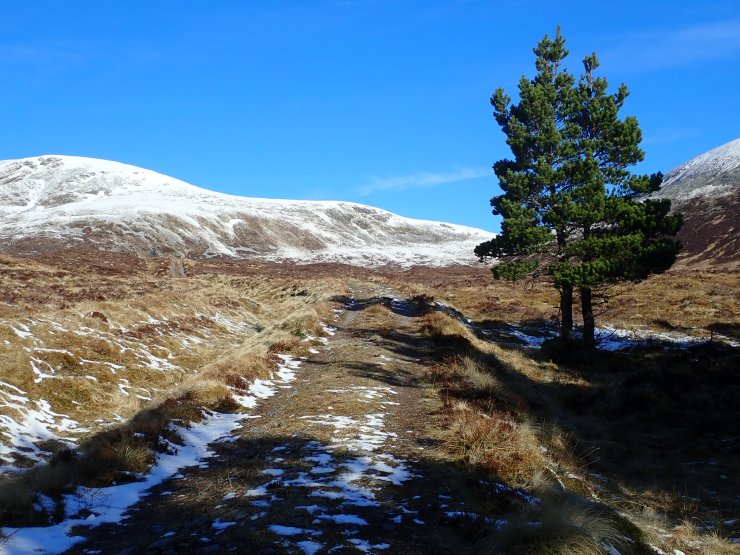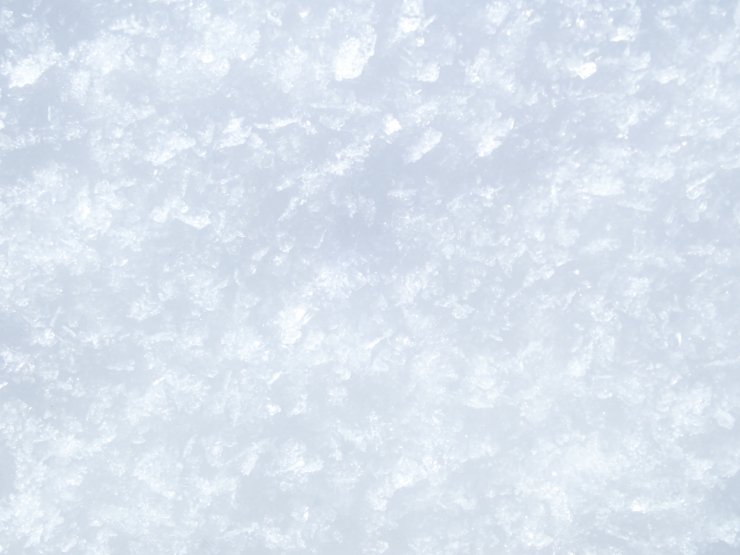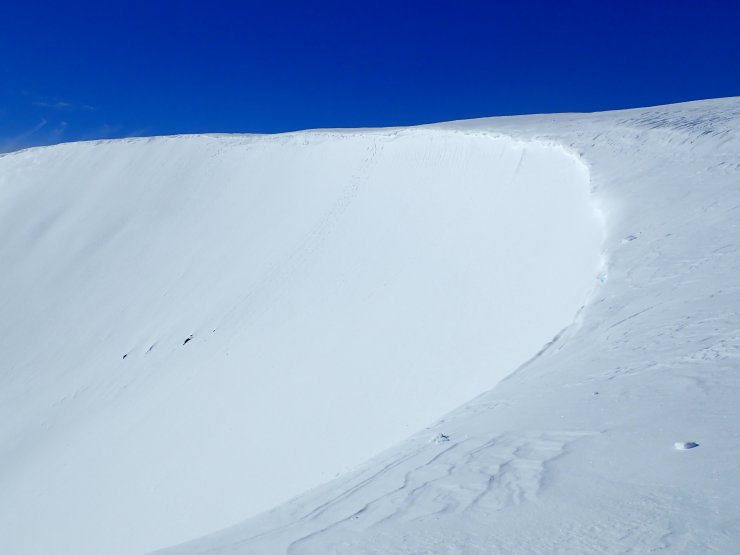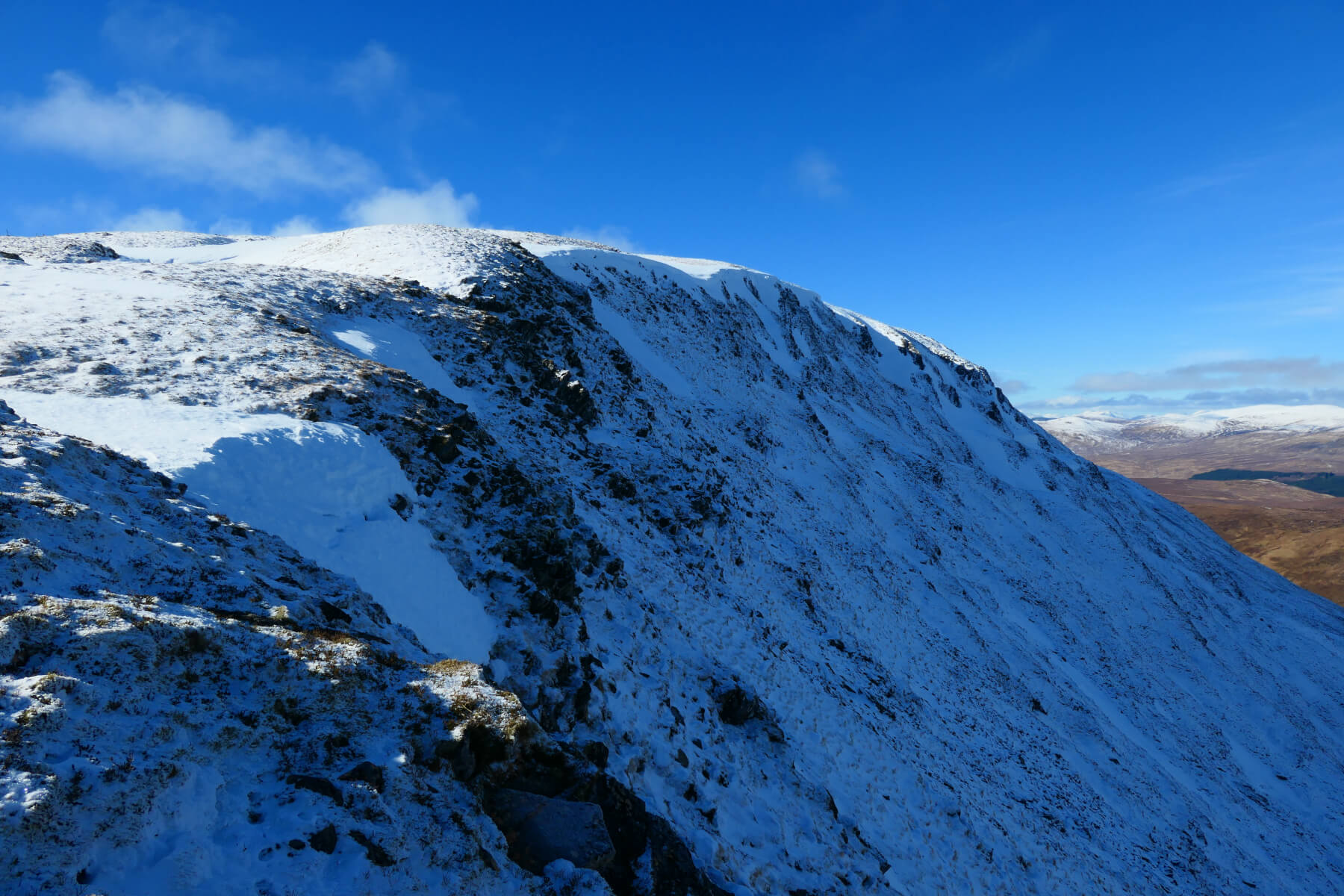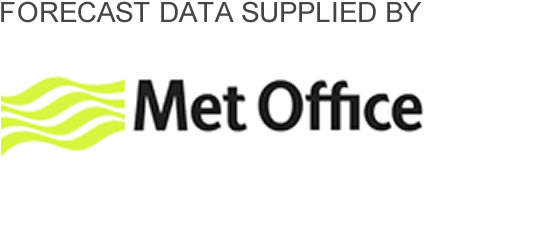Positively Alpine
9th March 2023
The thermometer in the truck this morning was reading -12 centigrade as I left Strathspey – pretty chilly! Snow cover in the Creag Meagaidh forecast area is mainly above 500m and below 900m the loose, dry snow mainly lies on bare, frozen ground and presents no hazard. Today we had 2 forecasters out on the hill exploring the Western & Eastern ends of the Creag Meagaidh forecast area.
Photo below taken around 550m on the approach to Beinn a Chaorainn shows how little snow there is below 500m. Paths are definitely frozen and icy in places!
Its above 900m where things start to get more interesting. Fresh unstable windslab is continuing to develop mainly on East through South to West aspects, weaknesses within the snowpack are evident underfoot.
The prolonged, dry and cold weather also presents a further challenge ‘lurking’ within the snow pack – cold weather instabilities. Below is a photo of the surface hoar frost (which funnily enough you find on the surface of the snow pack) which has developed in many areas and remained even on sunny aspects throughout the day. Similar cold weather snow grains also develop within the snow pack and remain an ‘unseen’ avalanche problem unless you are carrying a magnifying lens and know what to look out for. These cold weather snow grains will be present on all aspects above 900m and continue to pose an avalanche hazard until we see a rise in temperature.
Localised areas of windslab continue to build, photo below shows the South-East rim of Coire na h-Uamha.
Cornices remain and in some cases continue to build. Photo below on an East aspect on Beinn a Chaorainn – navigationally challenging in poor visibility!
And finally, a view looking into Coire a’ Bhein at the Eastern end of the Creag Meagaidh forecast area.
Comments on this post
Got something to say? Leave a comment
